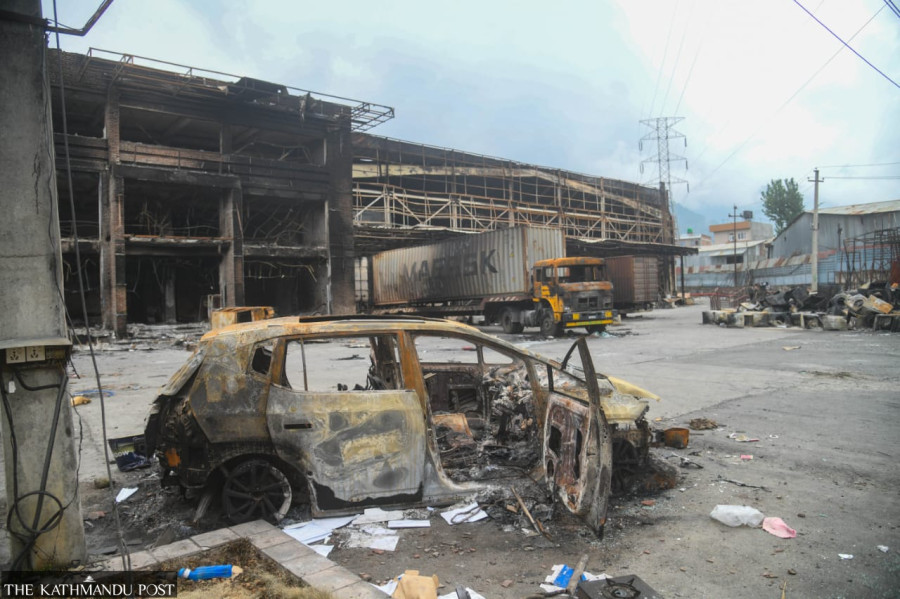
SATV Kathmandu Oct 09: The past decade has been particularly tough on Nepalis, who have had to endure one crisis after another. The devastating 2015 earthquake crippled the economy, and the crisis was made worse by a months-long economic blockade by India. Before Nepal could recover, Covid struck in 2019.
Since, Nepal has been beset by rain-induced disasters, every year. The country’s energy sector, which had been making notable progress, has repeatedly suffered setbacks due to floods and landslides. In June 2023, incessant rains damaged over two dozen hydroelectric projects along with roads, bridges, and other infrastructure. Then, in September 2024, days of heavy rainfall claimed over 250 lives and swept away settlements, highways, bridges, and hydropower projects, inflicting a loss of Rs46.68 billion. A World Bank report noted that floods and landslides last year caused damage equivalent to 0.8 percent of Nepal’s GDP.
This year has been no different. Earlier this month, several provinces—including Koshi, Madhesh, and Bagmati—faced devastating floods and landslides. As if that wasn’t enough, political unrest last month has further complicated efforts to create an investment-friendly environment. What began as youth-led protests quickly escalated, upending Nepali politics overnight. Key public infrastructures such as Singhadurbar, the Supreme Court, and Parliament buildings were burned down. Prominent business houses were also targeted, spreading fear throughout the business community.
On Tuesday, the World Bank revised Nepal’s projected economic growth to just 2.1 percent for the current fiscal year, with potential for negative growth between 1.5 and 2.6 percent. A projection in April had estimated a 5.4 percent growth. Notably, the latest figure doesn’t even account for the economic toll of the recent October 3–4 rainfall. These recurring shocks underscore the urgent need to build disaster-resilient infrastructure in one of the world’s most climate-vulnerable nations.
The Sushila Karki-led interim government has a clear mandate—to hold parliamentary elections in March and hand over the power to an elected government. However, it must also focus on restoring business confidence. A business-as-usual approach is not enough for an economy that’s reeling from one after another crisis. Nepal badly needs investment, and the government must take credible steps to assure both domestic and foreign investors. That includes convincing statements, policy stability, and guarantees that investments and properties will be protected—regardless of political changes.
The World Bank in its latest report has also indicated that recent political shifts may present an opportunity to introduce reforms—especially in governance, a key demand of the Gen Z-led movement. With seasoned economist Rameshore Khanal at the helm of the Finance Ministry, the government can credibly address many concerns of the business community. His priorities must include things like cutting red tape and fostering a business-friendly environment, two long-standing demands of the business community.
Finally, creating an environment to hold timely elections could help restore public trust and build confidence in the investors. But make no mistake. The business community, spooked by recent incidents of arson and looting, will not be easily convinced. Nor will the international community. These are also engines of economic growth. This is why there is a need for sustained effort to take them into confidence. To start with, the new government must ensure that there will be no future destruction of businesses and properties—and quickly punish those who have engaged in such wanton acts of vandalism. Lawlessness and business confidence don’t go together.



















